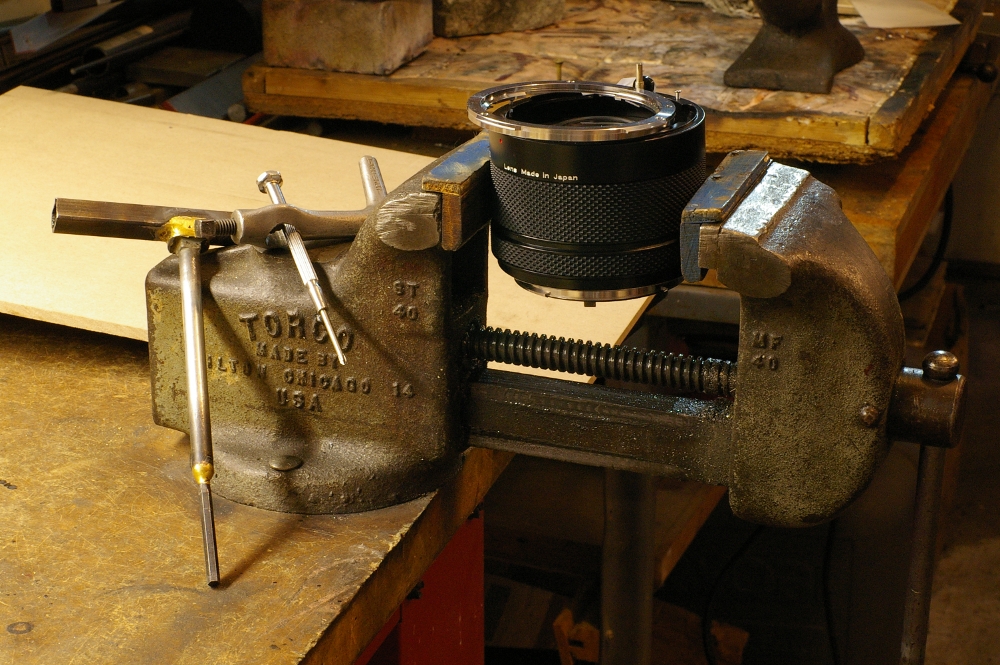
This is not for the faint of heart. This kind of precision work requires patience and a certain aptitude, not to mention skill and experience. Most people would be best advised to find someone with skill and experience and let them take care of your problem. But I am not most people, and perhaps neither are you.
It is said of people who take up watch repair that they should expect to ruin at least the first watch they work on. This may well be true also of working on camera lenses. Learning as much as possible first, and getting the proper tools will improve your chances of success.
There are excellent resources for those who want to learn. This fellow, Richard Haw has a lot of excellent information, and is being generous with what he is learning.

After getting this lens apart, I discovered that xylene dissolves the adhesive used to secure the screws almost instantly, whereas acetone had virtually no effect. The next time I will put a tiny drop of xylene on the screws and see if that changes the whole game entirely. Note that Richard Haw says that he uses a micro butane torch to heat the screws. I don't have one of those (maybe I should get one?). I tried heating the screws with a soldering iron, but that was no help at all.
Tom's Digital Photography Info / tom@mmto.org